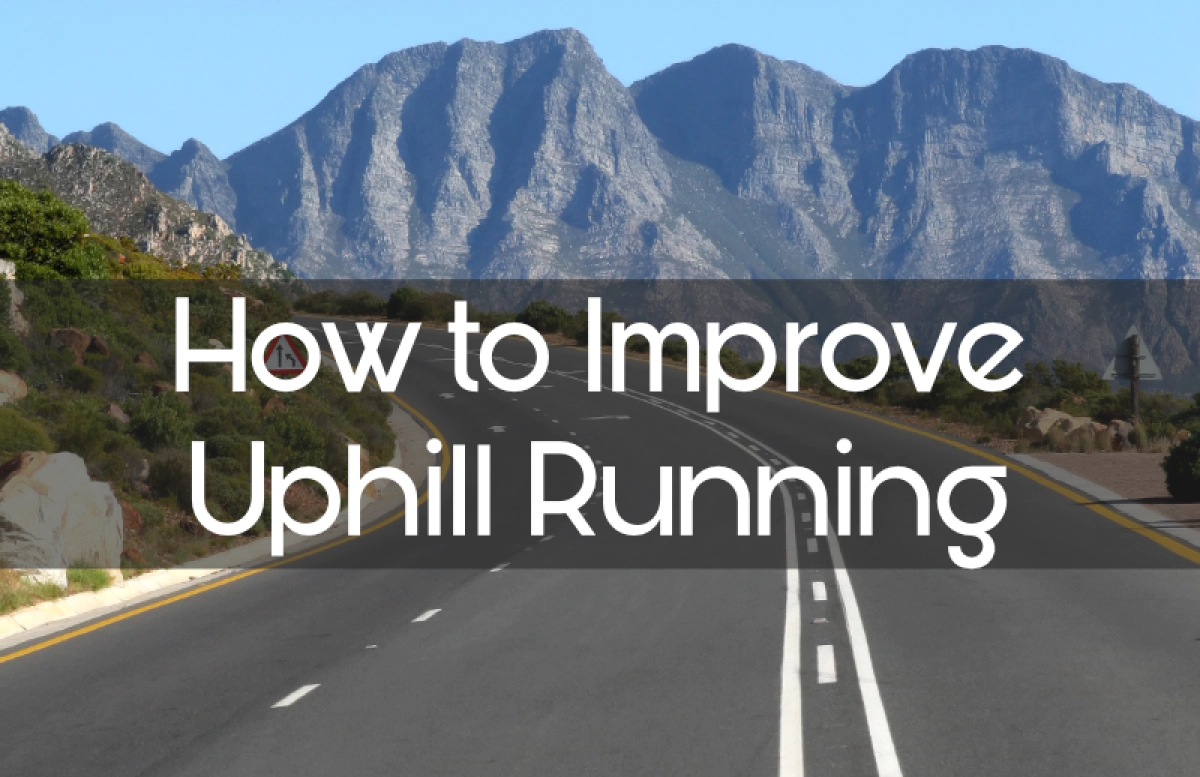
Some running trivia here - “The 36th kilometer at TMM 2020 was the slowest”. This is based on the Strava data of the top 800 finishers of TMM 2020, the average split time for 36th kilometer is upwards of 7minutes, this is 2 minutes slower than the fastest average split. The 36th km passes through Peddar Road and has an elevation of 25m. It is obvious, most runners struggle through uphills. Uphills expose the weak links in our running.
Before we understand how to improve, we need to understand what makes uphill running tough. Since we are running against gravity, our body has to overcome greater resistance when compared to running on a flat course. Hence, we need to recruit more muscles.
Running uphills also means there is very little energy back from elastic recoil of tendons during the triple extension ( to understand more about triple extension listen to our podcast on Running Form). This means that muscles have to work a lot harder.
There are two key aspects to get better at uphill running.
Running form though is important for any surface, and it is even more important for uphill running. Here are some key running form considerations to keep in mind.
Murali Gaddam is the winner of the Ooty Ultra 60k 2019, with an elevation of 2000m, finishing first in 6h:17m. Murali is also the winner of Munnar marathon 2019, which has 600m elevation and finished in 3h:36m.
We asked Murali, tips on uphill running, how he goes about his training, and how he tackled uphills. Here is what he has to say -
Uphill running is a different ball game from flat running. Body stresses different sets of muscle groups comparatively. Hence training focus should be to bring specificity. Plan your long runs on elevations. Don’t focus on pace, but ensure you can run the hills steadily and for long.
In terms of running form, maintain higher cadence. Don’t lean too forward. Keeping the upper body straight is very important. Here is where the role of strength training comes into play. Strength training also helps in faster recovery from harder hill training and helps get back to running quickly.
When running an uphill race, runners plan and train for the elevation. For example, when training for Ooty Ultra which has 2000m elevation, plan to cover that elevation cumulatively over 2 weeks of training. I also suggest incorporating one hard run closer to race elevation a month before the race. For Ooty Ultra, I have done a hard run with 80% of the elevation and 60% of the distance to ensure my body accustomed to take the stress on race day.
Racing strategy is very important for tackling uphill races. A common mistake is to attack the elevations and hit the wall for downhill sections. For races with long uphill sections, don’t attack the elevations. Run at a consistent and comfortable pace. If the grade is too high don’t hesitate to use the run-walk method. That is a strategy I have used in the Dodda-betta section of Ooty Ultra.
Running uphills is not complete without talking about Downhills. Gravity provides the necessary momentum when running downhill. Attacking downhills can save a lot of time in a race. Here are a few tips to handle the downhills effectively.
However, the impact forces when running downhill are very high, and muscles work more eccentrically. Most runners are not comfortable and have fear of falling forward when going downhills. Hence they slow down subconsciously.
Compiled by Team GeeksOnFeet for the love of running
If you are a running enthusiast, follow us on our social media channels @geeksonfeet on Twitter, and GeeksOnFeet on Instagram and Facebook for updates.